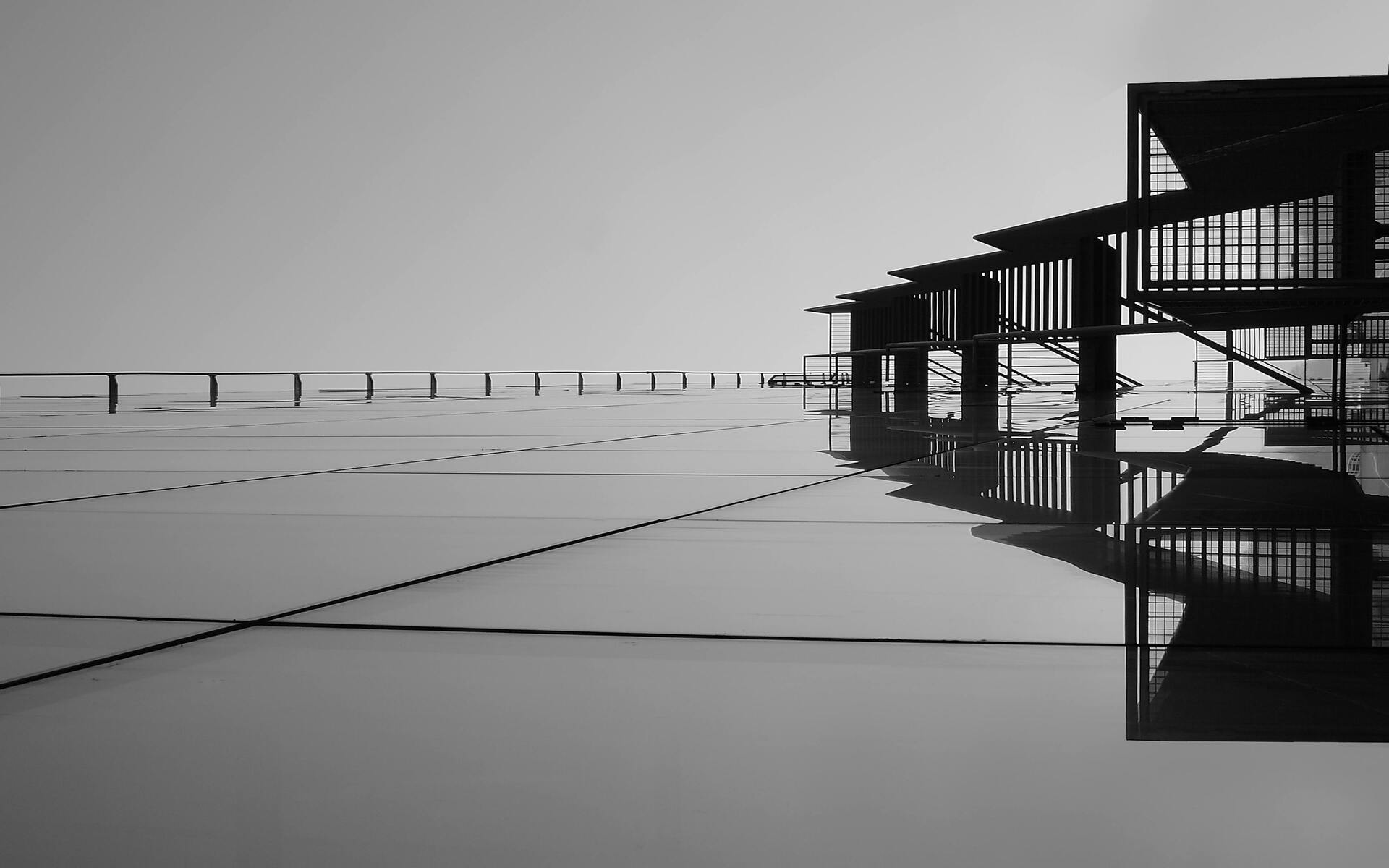
FAQ About Architectural Photography
Architectural Photography
2 years ago | gizem
How do I photograph architectural details effectively?
Photographing architectural details effectively requires a keen eye for composition, lighting, and perspective. These details often hold the essence of a building's character and design, making them essential in architectural photography. Here are some tips to help you capture architectural details effectively:
Choose the Right Lens:
- Use a lens that allows you to focus closely on the details without distortion. A macro lens or a lens with a close focusing capability can be ideal for this purpose.
Tripod and Stable Platform:
- Use a tripod or stable platform to ensure sharpness in your images. This is especially important when photographing details, as any camera shake can result in blurriness.
Control Depth of Field:
- Adjust your aperture (f-stop) to control the depth of field. Smaller apertures (e.g., f/11 to f/22) increase depth of field and keep more details in focus. However, be mindful of diffraction, which can reduce overall sharpness at very small apertures.
Focus Carefully:
- Pay attention to your focus point. Use manual focus or select a specific focus point in your camera's autofocus system to ensure that the detail you want to highlight is sharp.
Composition:
- Compose your shot thoughtfully. Use leading lines, symmetry, and framing elements to guide the viewer's eye towards the architectural detail.
- Experiment with different angles and perspectives to find the most compelling composition. Try shooting from both eye level and lower angles to capture unique views.
Lighting:
- Use natural light whenever possible, as it can highlight architectural details beautifully. Soft, diffused light or indirect sunlight can reduce harsh shadows and bring out textures.
- If shooting indoors, consider using softboxes, diffusers, or reflectors to control artificial lighting and reduce harsh shadows and reflections.
Texture and Material:
- Highlight the textures and materials of the architectural detail. Pay attention to how light interacts with surfaces to emphasize texture and create depth.
- Experiment with different lighting angles to enhance textures, such as side lighting to emphasize texture and relief, or back lighting to create a halo effect around edges.
Negative Space:
- Incorporate negative space around the detail to emphasize its significance and make it stand out in the frame.
Color and Contrast:
- Pay attention to color and contrast. Ensure that colors are accurate and that there is enough contrast to bring out details without creating harsh, blown-out highlights or deep shadows.
Post-Processing:
- In post-processing, fine-tune exposure, contrast, and color balance to enhance the detail. Use tools like dodging and burning to selectively lighten or darken specific areas.
- Correct any lens distortions or perspective issues that may have occurred during shooting.
Patience and Attention to Detail:
- Take your time to compose and shoot each detail. Pay attention to even the smallest elements, as they can make a significant difference in the final image.
Research and Planning:
- Familiarize yourself with the architectural style and history of the building or structure you're photographing. Understanding the context can help you capture details that are significant to the design or historical significance.
Variety and Creativity:
- Experiment with different architectural details within the same building or structure. Showcase a variety of elements, from ornate decorations to functional elements like staircases or windows.
